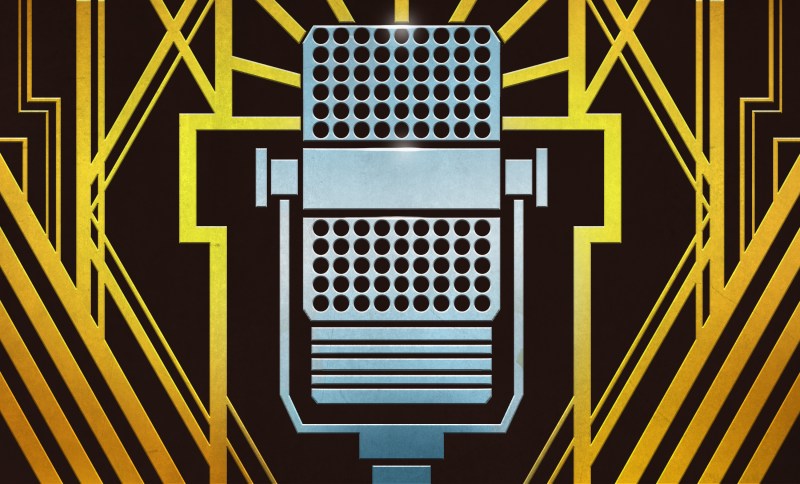Hackaday editors Mike Szczys and Elliot Williams curate a week of great hacks. Physical displays created in 3D space are a holy grail, and you can make one with 200 ultrasonic transducers, four FPGAs, and a lot math. Smart speakers have one heck of a microphone array in them, it’s yours for the hacking if you just roll your own firmware. Hobby servos can be awful, but this week we saw they can be made really great by cracking open the DC motor to add a simple DIY position sensor. And lasers are making their way into car headlights; we illuminate the situation in this episode.
Take a look at the links below if you want to follow along, and as always, tell us what you think about this episode in the comments!
Direct download (~60 MB)
Places to follow Hackaday podcasts:
Episode 111 Show Notes:
New This Week:
- Digital PlayStation 3 Purchases May Only Live As Long As Your PRAM Battery Without Sony Servers
- Fire At Renesas Plant Fuels Chip Supply Woes
Interesting Hacks of the Week:
- An Entire Game Inside Of A Font
- Amazon Echo Gets Open Source Brain Transplant
- Surf’s Up, A Styrofoam Ball Rides The Waves To Create A Volumetric Display
- A Crash Course On Sniffing Bluetooth Low Energy
- Robot Arm Achieves Amazing Accuracy With Just Servos
- 3D Printed Vortex Cooled Rocket Needs To Stop Leaking
Quick Hacks:
- Mike’s Picks
- Elliot’s Picks:
















2 new echo dot 3 50 Euro including post.
They sell for 25 Euro each 2nd hand on ebay + post on top. Crazy
How many ADCs and GPIOs and i2C and One-Wire does and echo dot have anyway?
Mike and I talked about this for a while after the show. It looks like the echo reconversion wasn’t playing around with the DSP chip, but just taking its output as given — which makes sense if you’re just interested in the speech recognition.
Anyone know about hacking the DSP / mic array components?
Those prices are crazy. But I can do one better! We have one unused in a closet, so it’s free. :) I will have to ask permission to take it apart, though.
Terrific episode. I listen on ‘phones. Would love a brief podcast explanation of how you achieve such impressive audio fidelity.
Re. Crash course on BLE. From 2016: https://urish.medium.com/reverse-engineering-a-bluetooth-lightbulb-56580fcb7546
Elliot’s a whiz with the audio mastering. We both have good microphones and record with them very close and set so that we don’t top out the levels. Being an open source fanatic, Elliot has scripted a bunch of the mastering to use ffmpeg to set levels between our two tracks, hits up audacity for the actual editing work, then has a post processing script that runs them through ffmpeg again as a compressor.